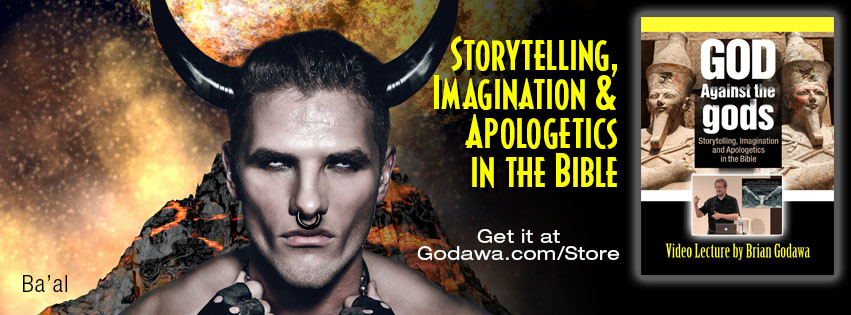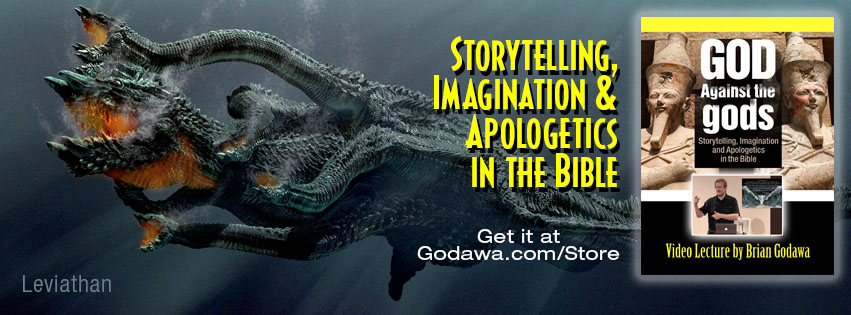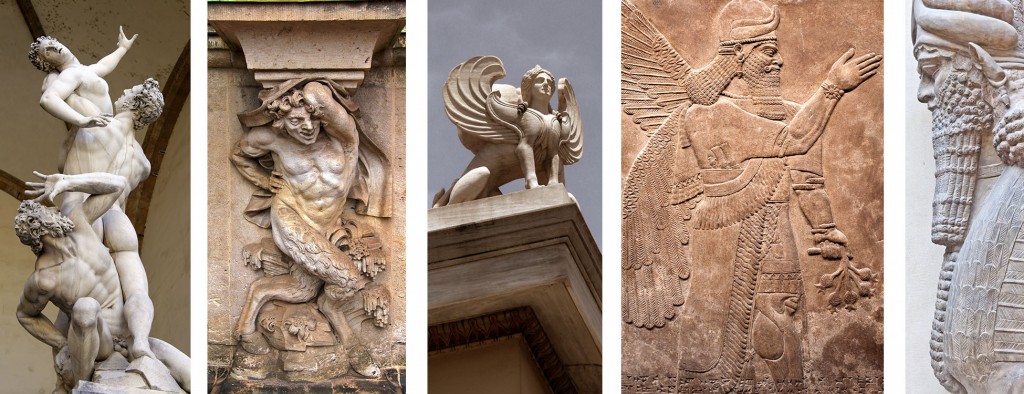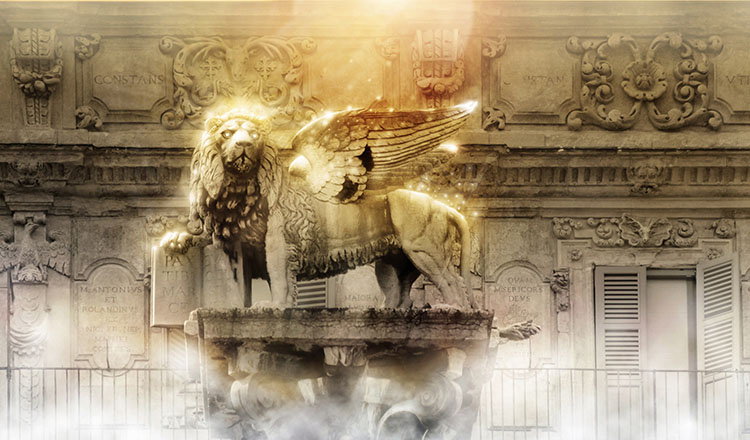Check out this YouTube video on God Against the gods: Yahweh Vs. Ba’al.
Did you know that the Bible uses subversion regarding pagan imagination? Biblical writers took the same poetic imagery and description that the Canaanites used of Ba’al and they redeemed it by using that exact same language of Yahweh. This isn’t syncretism (mixing religions), like liberal scholars and other Bible-haters try to promote, this is subversion. Redemption of pagan imagination. See for yourself in this short video.
This is only one part of the lecture. Get the full version here.
Or check out the book at Amazon.com here.






